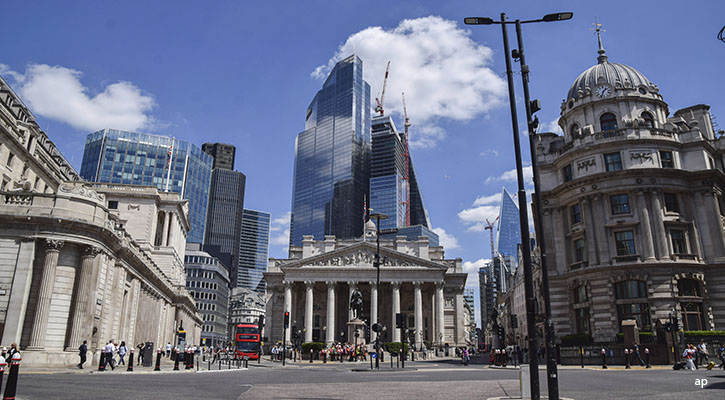Attracted by higher yields, UK income investors have started to embrace buying bonds directly. As part of our special week of content on income investing, we’ve produced this guide to help answer investors’ frequently-asked questions as they make their first steps.
Many UK investment platforms have started to offer direct access to government bonds – alongside their corporate bond offerings. With government bonds, these are being traded in the “secondary market”, so they are bonds already issued. To buy bonds at issue (in the primary market), it’s still possible to buy at the UK government auction run by the Debt Management Office (DMO).
Let’s look at two random bonds for sale on an investment platform: “Treasury 4.75% 07/12/2030”; and “Treasury 0.125% 30/01/2026.” The label describes the issuer (HM Treasury, AKA the UK government), the coupon as a percentage, and the maturity date, which shows when the bond will pay back the capital, a key feature of bonds.
What’s The Difference Between Coupon and Yield?
By way of theoretical example, in the case of “Treasury 4.75% 07/12/2030,” investing at the start of the bond would lock in a payout of £4.75 for each nominal £100 invested (we have used the £100 figure as a round number for simplicity – but if you want to buy bonds in batches of £100 your fund supermarket should allow you to do this!). That’s why it’s called “fixed” income. Buying this 10-year bond at the start secures that 4.75% for the life of the bond (assuming the UK government doesn’t default on its payments).
But a bond’s yield may vary throughout the term of the bond itself, depending on the price. Yield is the rate of return on the coupon payments, and is normally calculated by dividing the headline coupon payment by the bond’s current market price. Nevertheless, buying this bond, even with six-and-a-half years to maturity, will still provide a payout of £4.75 every year even if the yield is above or below that.
What About Total Return?
Income is a factor in bond returns and these depend on when the bond was purchased and at what price. Read more in our article Want to Buy UK Government Bonds? Be Careful.
When Do Bonds Pay Out?
The convention for bonds is for semi-annual payments; so a £10 coupon will be split into two equal parts in the middle and end of the year. Depending on when





